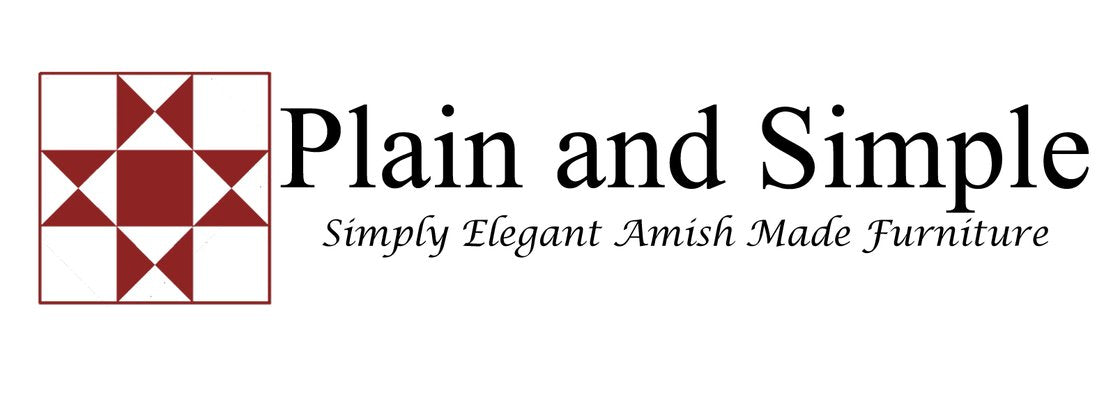Our customers always have plenty of questions when comparing different types of solid wood furniture, from how easy it is to maintain to how the color may change over time. Similar questions will arise for any DIY-ers considering a new woodworking project. A bench for your backyard may require a different type of wood than a dining room table, and your budget for your project may also impact what type of wood you choose to work with. To help you with the decision-making process, we've evaluated seven different types of woods based on their hardness, workability, cost, and more, so that you have all the information you need before you take on your next DIY project. Note that hardness is rated on the Janka scale, which compares the relative hardness of wood types, and workability is rated in relation to machining, nailing, screwing, gluing, and finishing.

Hickory
Looking to build hardwood furniture, cabinetry, flooring, or even a hockey stick? Try hickory, which is widely known as one of the hardest and most durable hardwoods. At only $4-5 per foot, hickory is very affordable, especially when you consider its durability and the likely long lifespan of your project. Hickory varies in color from creamy white to dark tan, with a usually straight grain and medium texture. The durability comes at a slight price: hickory is tough to work with, but once you've finished, it’ll last a lifetime.
Maple
Maple is commonly used for
indoor furniture. The two most popular varieties of maple are hard maple and brown (or soft) maple, which can both cost from $5-9 per foot. Hard maple shines brightest with a hard finish that shows off its fine, low-contrast grain, while soft maple absorbs stain well and looks best with medium to dark brown finishes found in contemporary designs.
Oak
Oak has become nearly synonymous with American and English country-style designs. As a classic hardwood that ages gracefully, oak is most often used for indoor solid hardwood furniture and flooring, since both red and white oak varieties are very durable. Costs run from
$3-9 per foot, and red oak has a light pink to light red hue, while white oak is darker, with brown or yellow coloring. Oak’s grain has a relatively high contrast that can manifest in both sweeping arcs and straight lines. Quartersawn oak will bring out its beautiful criss-crossing highlights known as ray flake.
Birch
With a wide range of colors combined with relative hardness and durability, birch is a versatile wood that can often be found in kitchen and bathroom flooring (thanks to its ability to resist moisture). Birch costs around $6 per foot, with a straight grain and fine, uniform texture; however, birch is also a bit prone to cracking when shrinkage occurs.
Walnut
Can’t decide between a traditional or contemporary design? Consider creating your project with walnut, which blends seamlessly into either design style. Walnut is highly workable, and it also accepts many colored stains (even though it looks so beautiful on its own that you might be tempted to skip a stain). With a smooth grain and rich color, walnut also works well as an accent wood when combined with natural cherry or hard maple, as seen in the
Cameron Trestle Table. This wood will cost you, however; walnut runs from $8-19 per foot.
Cherry
Cherry is easy to carve and ages beautifully, fitting in to contemporary,
Shaker, and colonial designs. Even better? It’s the rare hardwood that’s suitable for outdoor use, since it tends to darken when exposed to sunlight. Cherry has a medium hardness and density, making it somewhat bendable, and it costs $8-15 per foot. If you find that your cherry wood has some small dark pits or streaks, don’t panic; these are due to mineral deposits and should be valued as part of the wood’s character.
Elm
Thanks to interlocking grain, elm is
hard to split and crack, meaning woodworkers typically need to use power tools when working with it. Elm’s straight, hard lines are well-suited to contemporary design schemes, and its resistance to decay and moisture also makes elm ideal for kitchens. Elm also boasts a distinctive, unique grain, almost like a peacock feather - perfect for when you want a one-of-a-kind piece at only $6 per foot.


